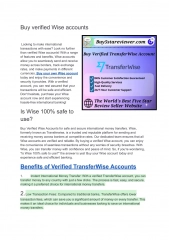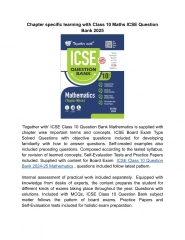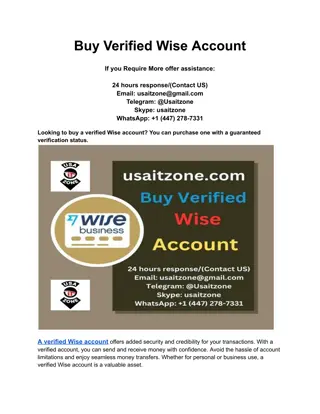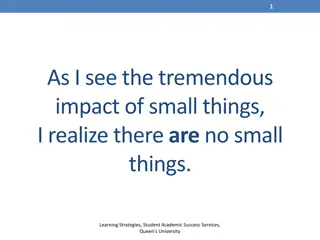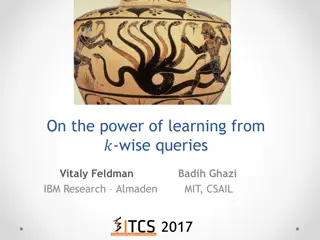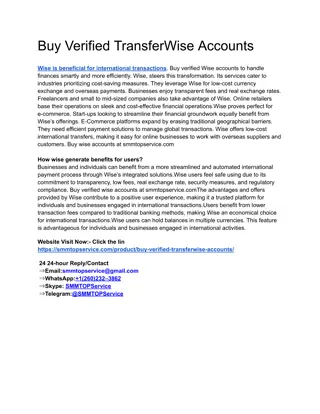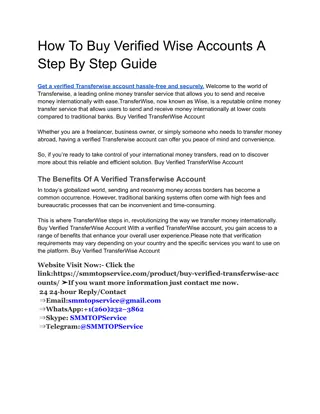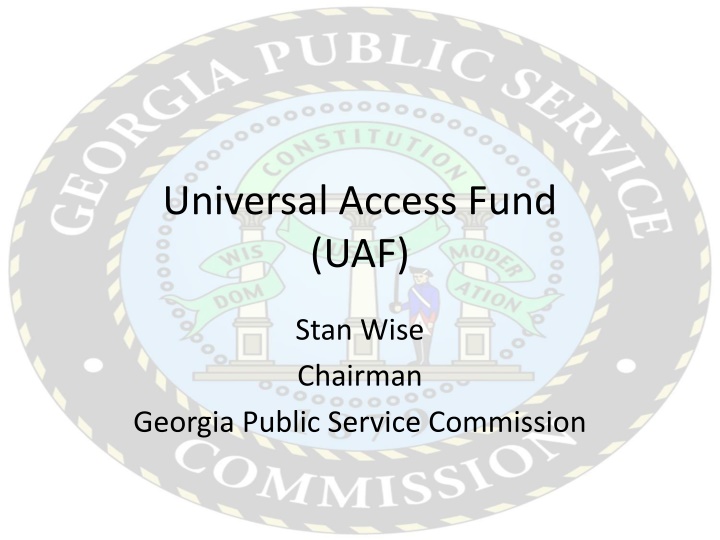
Georgia Public Service Commission's Universal Access Fund History and Role
"Explore the history of the Universal Access Fund established by the Georgia Public Service Commission in 1995, its evolution into High Cost Fund and Access Transition Fund, and the role of the Commission in regulating telecommunications services for cost-effective access. Learn about the funding mechanisms, operational guidelines, and sunset provisions shaping the future of telecommunication services in Georgia."
Download Presentation

Please find below an Image/Link to download the presentation.
The content on the website is provided AS IS for your information and personal use only. It may not be sold, licensed, or shared on other websites without obtaining consent from the author. If you encounter any issues during the download, it is possible that the publisher has removed the file from their server.
You are allowed to download the files provided on this website for personal or commercial use, subject to the condition that they are used lawfully. All files are the property of their respective owners.
The content on the website is provided AS IS for your information and personal use only. It may not be sold, licensed, or shared on other websites without obtaining consent from the author.
E N D
Presentation Transcript
Universal Access Fund (UAF) Stan Wise Chairman Georgia Public Service Commission
History of the UAF Created in 1995 by the General Assembly ( Telecommunications Act of 1995 ) Allowed Tier II Incumbent Local Exchange Carriers (ILECs) in high cost areas to recover operational losses to assure reasonably-priced access to basic local exchange services. Updated in 2010 (HB 168: Telecom Jobs and Investment Act )
History of the UAF (continued) HB 168 split the UAF into two parts: 1. High Cost Fund 2. Access Transition Fund
History of the UAF (continued) High Cost Fund Allows only Rate of Return regulated Independent Local Exchange Companies (ILECs) in high cost areas to recover operational losses Of the state s 35 ILECs, 20 are under Rate of Return regulation and receiving high cost support from the UAF. The fund sunsets in 20 years (2030)
History of the UAF (continued) Access Transition Fund Required all carriers (ILECs and Interexchange carriers(IXCs)) to reduce access charges (fees charged to other carriers to process calls) to interstate levels over five years. Required all Tier II ILECs to raise local service rates to 110% of the statewide average in exchange for the ability to recover any shortage in revenue between the reduction in access charges and the increase in local service rates. Fund sunsets in 10 years (2020)
Commission Role High Cost Fund Commission held proceedings in 2010 in which it: Determined new filing requirements for requests for funding Set a new rate of return Applications are audited each year for compliance with Commission requirements and to ensure that all costs are related to the provision of basic local exchange service. The fund is to be operated in a competitively-neutral manner between competing telecommunications providers (O.C.G.A 46-5-167 (a)).
Commission Role (continued) Access Transition Fund Commission determined statewide average local service rate (benchmark rate) Set schedule upon which all carriers should reach benchmark rate Commission selected nine-year transition period Access rates were reduced to interstate levels in equal increments over five years, pursuant to the law. All carriers intrastate access rates are now at parity with interstate. Total estimated funding through the ten year life of the fund = $182M
Funding for the UAF All telecommunications companies holding a certificate of authority issued by the Commission to provide services within Georgia shall contribute quarterly to the fund O.C.G.A. 46-5- 167(b) The Commission determines the required funding based on filed requests for High Cost Fund support and projections for Access Transition Fund support The Commission then sets a factor to be applied to the intrastate revenues of telecommunications companies (wireline providers, not wireless) The current assessment is 4.9% and most telecommunications companies recover this assessment through regulatory fee type line items on customer bills.
Funding from the UAF Current Year Access Transition Fund = $22,738,339 High Cost Fund = $19,692,828 TOTAL = $42,431,167
Funding from the UAF (continued) The Access Transition Fund was designed to peak in 2015 and has now begun to decline. It will continue to decline until it sunsets in 2020. Applications to the High Cost Fund have generally increased year over year.
Funding from the UAF (continued) Why do disbursements from the high-cost portion of the fund continue to rise? Fewer people subscribe to wireline phone services in favor of wireless, even in rural areas. Lines subscribed to UAF companies are down 21% since HB 168 (2010 to 2016), which results in revenue losses from regulated services.
Future of the UAF As previously stated, by operation of law, the Access Transition Fund and the High Cost Fund are scheduled to sunset in 2020 and 2030, respectively The Commission should be able to reduce the assessment that carriers are required to pay into the fund after the Access Transition Fund sunsets. However, year-over-year increases in requests to the High Cost Fund continue to be a concern.
Future of the UAF (continued) Potential future actions to be taken by the Commission: Revisit rate of return and other policies that may add upward pressure on fund Potential legislative actions: Some have proposed the expansion of the UAF to include broadband funding, while others proposed the sunset of the fund to be expedited. Moreover, others have proposed wireless pay into the fund.
Future of the UAF (continued) Does the UAF currently fund broadband expansion? By state law the UAF may only subsidize basic telephone service. However, subsidized network elements, known as local loops that extend from the carrier s network to the customer s premise, are used by most ILECs to provide broadband and video services through unregulated affiliates in competition with other carriers. ILECs are required to separate and remove such costs from calculations used to determine final disbursements from the UAF.

